Celebrating a Quarter-Century Of the 996 911
Controversial yet underrated, the 996 is celebrating an important milestone.

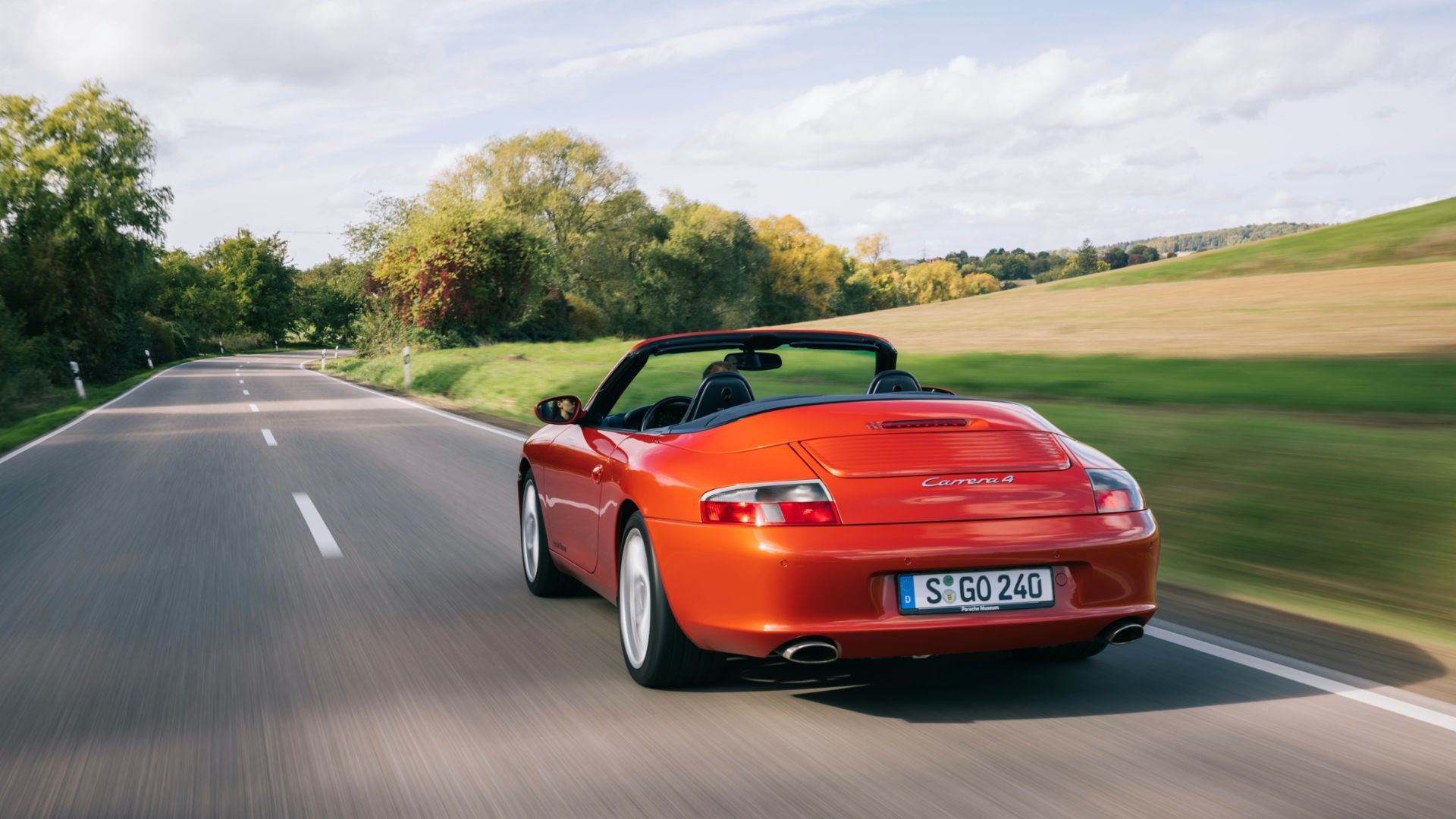
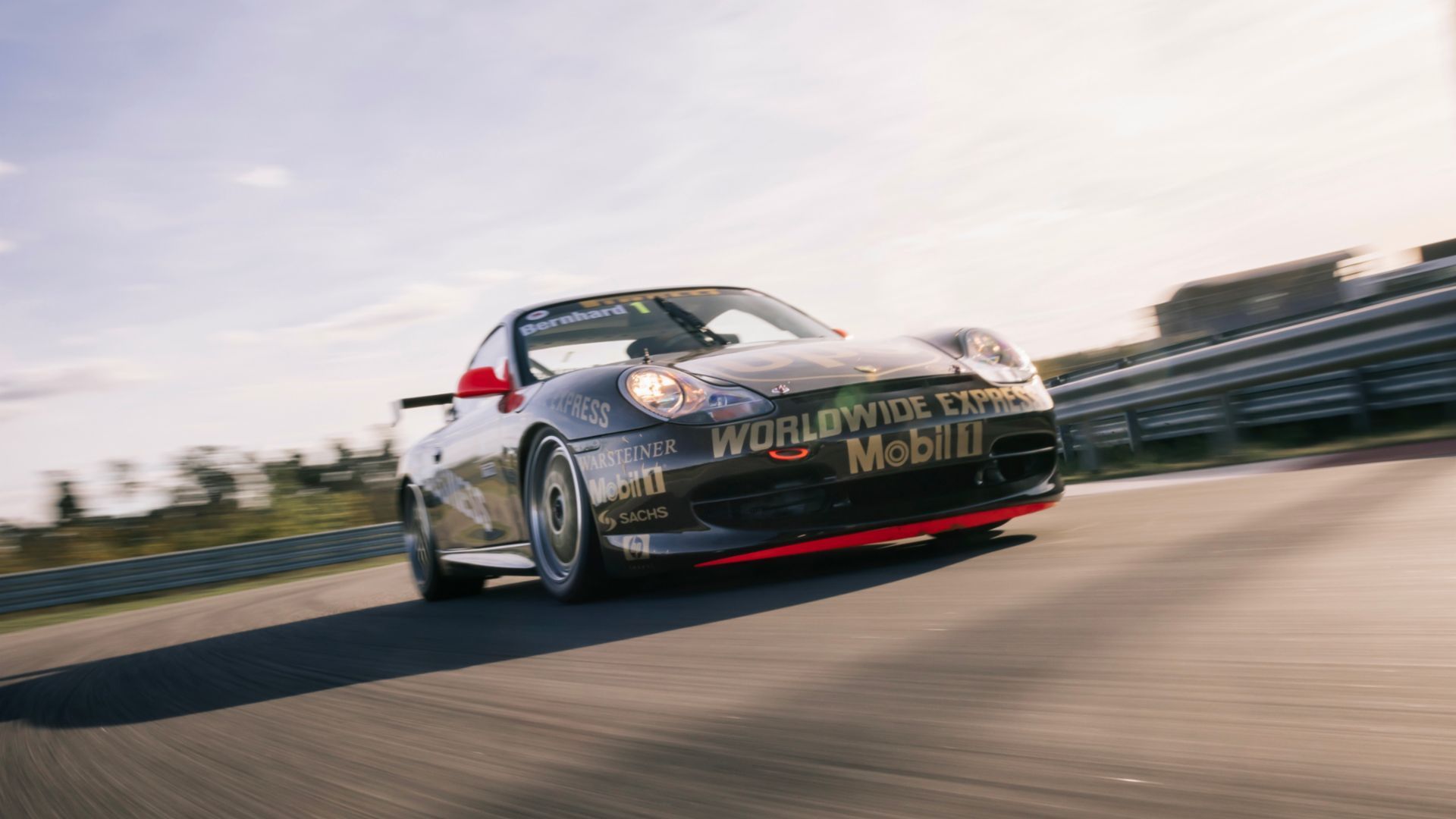
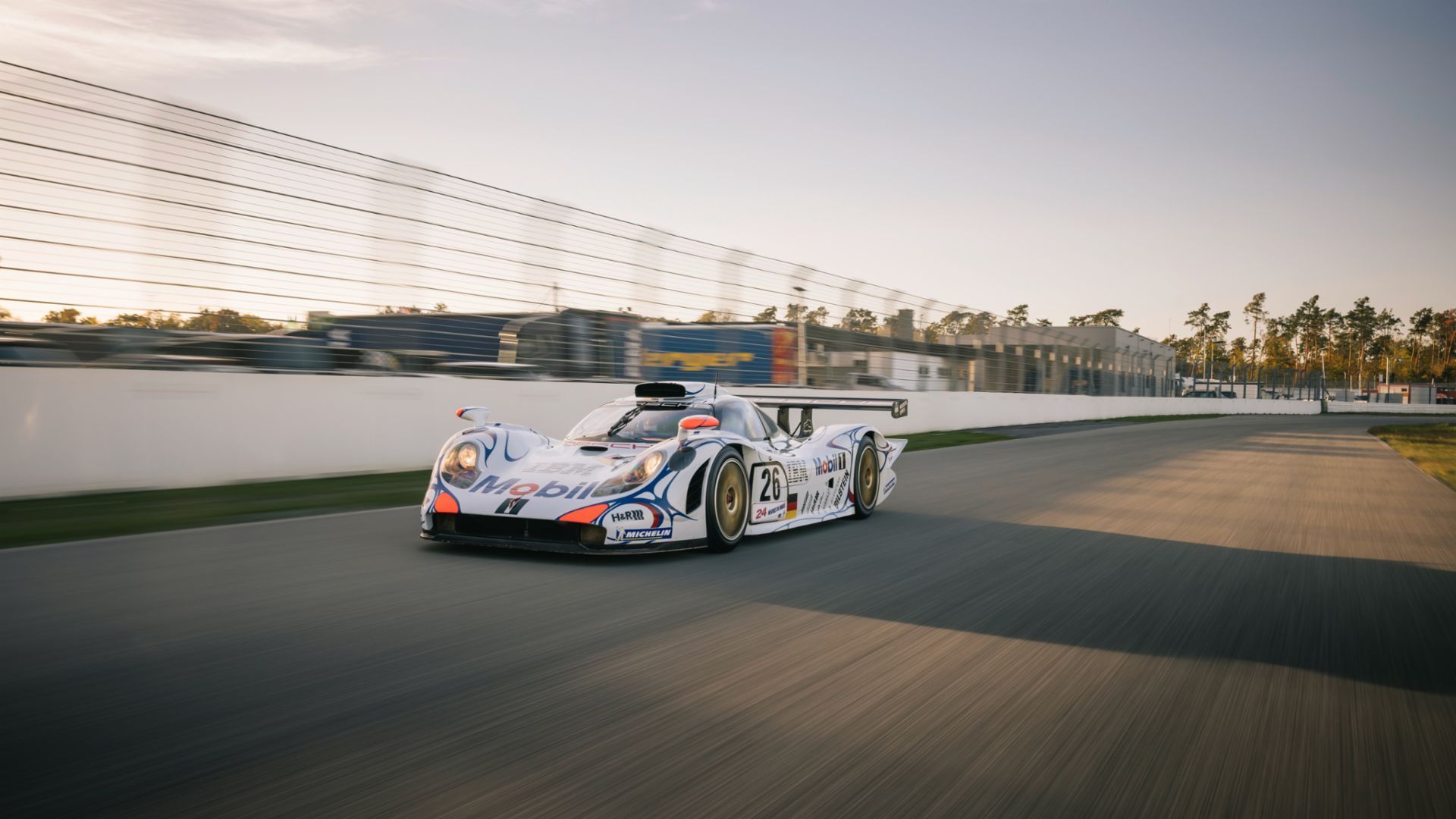
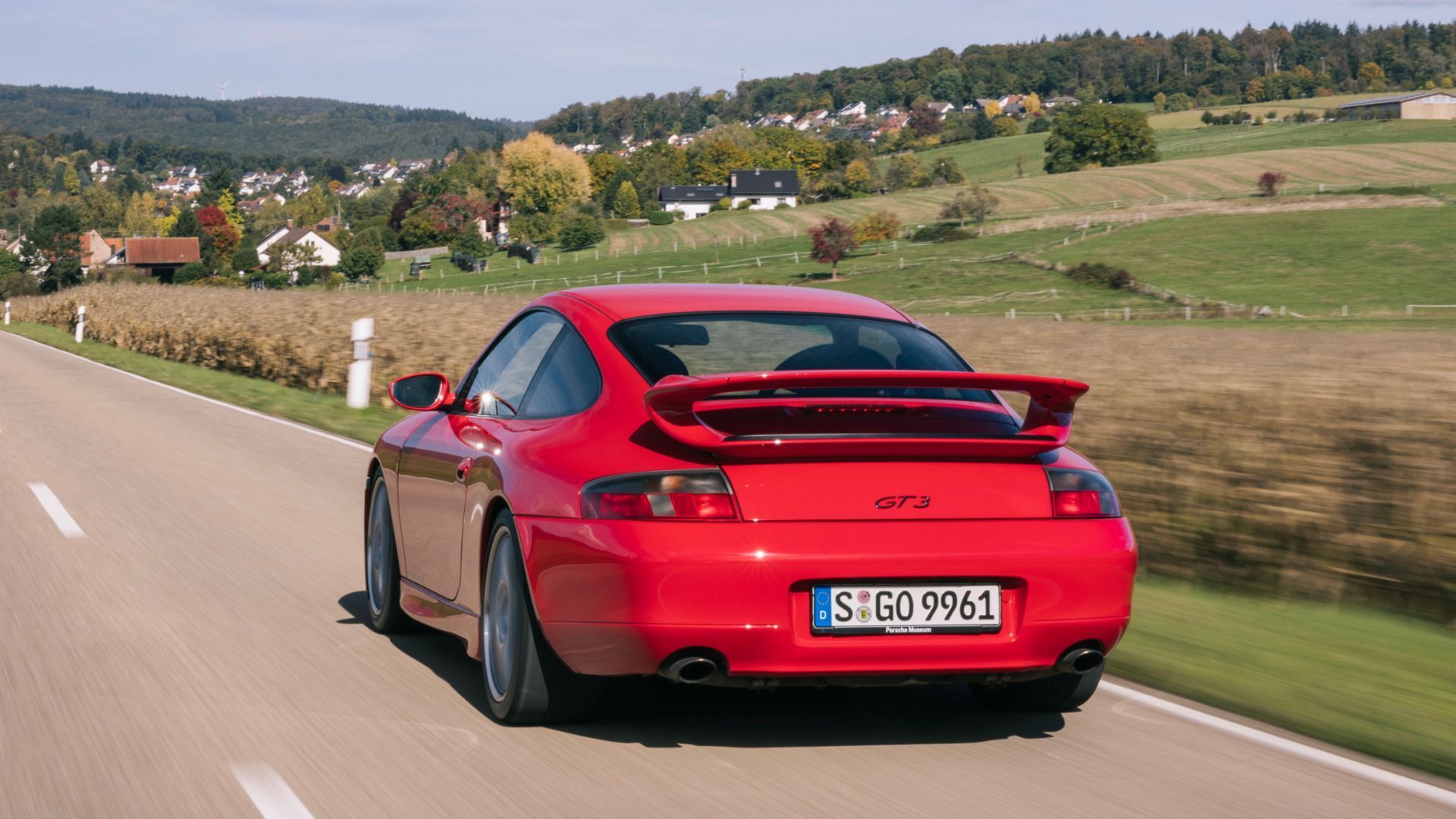
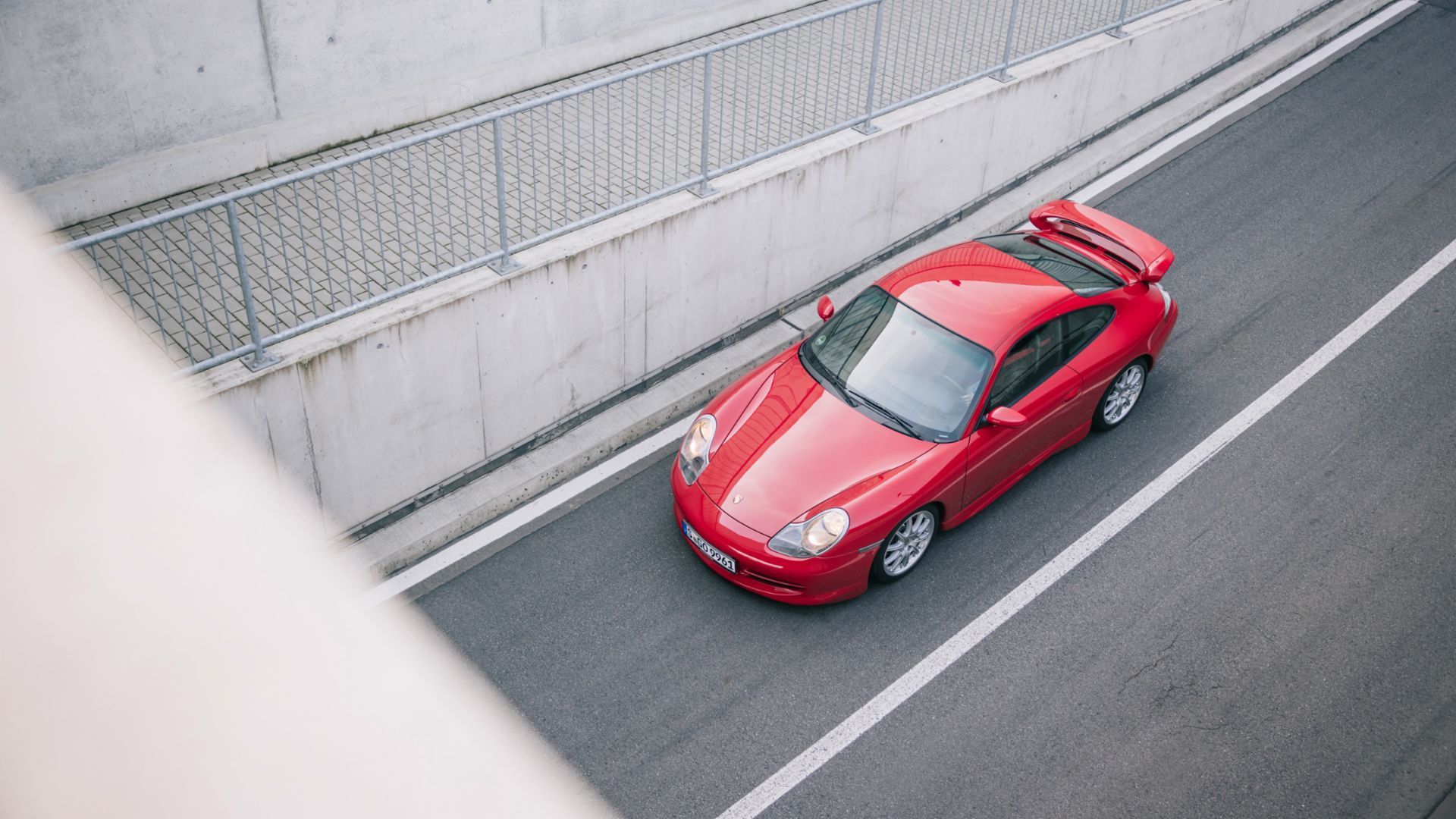








Quarter-Century
Most Porsche fans will tell you that the 996-gen 911 is the most overlooked and perhaps underrated of the bunch, which is somewhat of a shame. This oversight is largely due to the car's "runny egg" headlights, which a lot of people don't like, but otherwise, the 996 offers up the same excellent sports car recipe that the 911 has become famous for. It's also turning 25 years old, which is somewhat hard to believe, but gives us the perfect opportunity to take a look back.
Photos: Porsche
Controversial Changes
Ushering in the ear of the water-cooled flat-six didn't help the 996 win many fans either, given how air-cooled powerplants had been a Porsche staple for decades prior to the car's reveal at the 1997 IAA International Motor Show in Frankfurt. It also shared a number of parts with the 986-generation Boxster, a practice that many enthusiasts aren't necessarily fans of.
Photos: Porsche
Necessary Changes
Regardless, Porsche knew that change was necessary if it wanted to survive moving forward. "It was time to “break with old habits," said August Achleitner, who served as Porsche's head of Technical Product Planning, Vehicle Concepts, and Packaging, including Special Projects, and as such was the strategic head of the overall 996 vehicle concept.
Photos: Porsche
Road To Water Cooling
"Porsche needed a car in a lower price segment, to help generate a higher volume of sales. So this led to the idea of the Boxster and the 996 sharing parts," he said. "We experimented with the engine because the air-cooled two-valve-per-cylinder designs were at the end of the road technologically in terms of emissions and power. And air-cooled four-valve boxers didn't work due to various hotspots that we couldn’t get a handle on. In 1989, a compact V8 was even fitted in the rear on a trial basis, but that idea was also discarded. So that brought us to water-cooled, four-valve boxer engines."
Photos: Porsche
Big Challenge
At the same time, building a mid-engine roadster and a rear-engine coupe that was identically from the front to the B-pillar was obviously not easy to do. “The task was a major challenge," said chief designer Harm Lagaaij. "But we mastered it by first designing a number of different Boxster-996 matching parts." Due to time constraints, the modelers had to work directly on 1:1-scale models. To bring it all together on schedule, Porsche brought a multitude of specialists on board, swelling Lagaaij’s team to 80 members at its peak.
Photos: Porsche
Critically Panned
Regardless, critics widely panned the looks of the 996, though that negative press ultimately didn't dissuade consumers, nor did it keep Porsche from making a host of variants. "The commercial success and the unit numbers were not great at first," Achleitner said. "And yet the 911 GT3 marked the beginning of the establishment of an independent brand - because, with the 911 GT3 of the 996 generation, we established a clear difference between an everyday 911 and a motorsport-inspired road car."
Photos: Porsche
Commercial Success
Ultimately, Porsche sold 175,000 units of the 996 throughout its lifespan, making it a tremendous commercial success. Today, while it lags behind its predecessors and successors in terms of collector interest and value, those in the know are well aware of the many virtues that the 996-gen 911 has to offer.
Photos: Porsche
>>Join the conversation about the 996 911 right here at Rennlist.com.
>>For help with your do-it-yourself maintenance and repair projects, please visit our how-to section.
